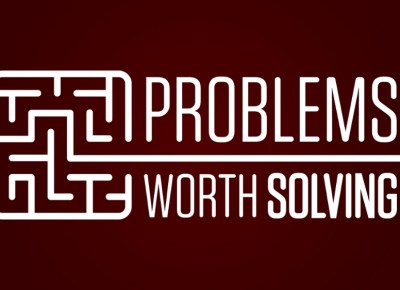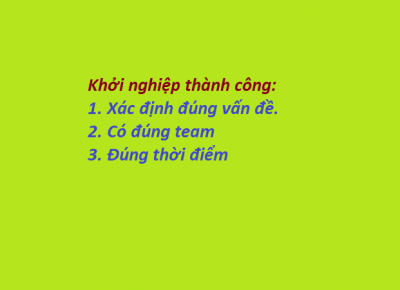You Cannot Solve What You Don't Understand
"If I had an hour to solve a problem, I'd spend 55 minutes thinking about the problem and five minutes thinking about solutions."
-- Albert Einstein
We stumbled on this enlightened quotation recently, and it immediately triggered a connection to inventor Darrell Mann, CTO of consulting agency Blackswan, who speaks passionately and often about the failings of modern innovation.
"Twenty-five percent of failures were due to people trying to solve the wrong problems," says Mann (@darrellmann), former chief engineer at Rolls-Royce, where he studied innovation duds and dynamos for 15 years. A scant 2 percent of all companies' innovation attempts end in success, he goes on to tell John Kennedy of Silicon Republic.
How do these successes differ from the vast majority of failures? "They follow a certain path and rules," Mann explains, which begins with the presumptions that innovation is problem-solving, problem-solving is innovation, and "defining a problem clearly and completely represents 90 percent of the difficulty in innovation."
Mann details his approach with copious charts and graphs in the book Hands on Systematic Innovation: For Business and Management. He also uses systematic innovation to drive product-development strategies for clients ranging from Intel and Hewlett-Packard to Nestlé and Procter & Gamble.
Here, we distill the approach into four steps:
1. Be an Einstein
Invest time, money, and brainpower in boiling down your problem to its root cause before proposing even one solution. Mann once worked for six weeks with a helicopter-engine manufacturer to define the problems its engineering team needed to solve. The outcome? "Improvement by a factor of 50 in terms of engine life and reduction in maintenance scheduling," notes the Blackswan website. Sounds like innovation to us.
2. Find Comparables
What other industries have faced a core challenge similar to yours? Make a list of three problems (and be creative).
3. Name the Winners
OK, so who devised and delivered the best solution to each of those industry problems you identified in No. 2? What companies cracked the code in a world-class way? Name them and their winning products. Blackswan recalls a client that makes compressors for household refrigerators. The company studied a database of 3 million successful inventions and innovations across myriad industries to come up with practical ideas for its niche.
4. Steal the Solution
Now for the hard part: Apply the winning principles of those world-class solutions to your situation. The fix should evolve and morph to meet your circumstances, but its core promise should remain largely the same. "You need to break down the silo walls," Mann tells Silicon Republic, "and recognize the customer is trying to get a job done."
Source: https://www.inc.com/thebuildnetwork/you-cannot-solve-what-you-dont-understand.html









